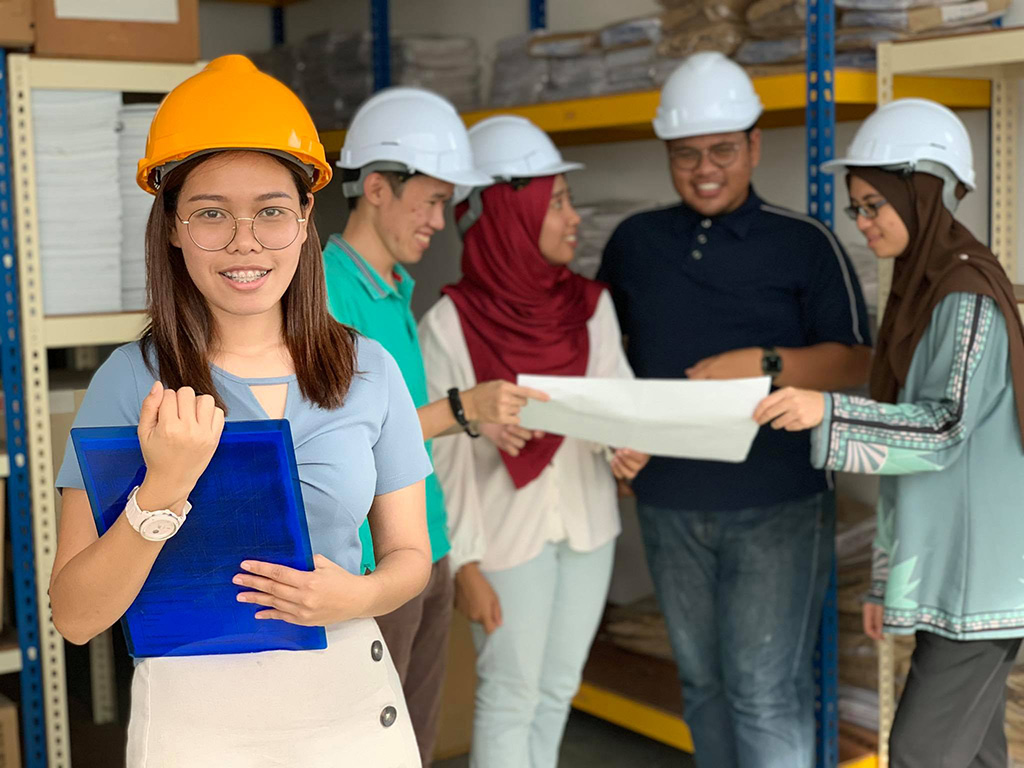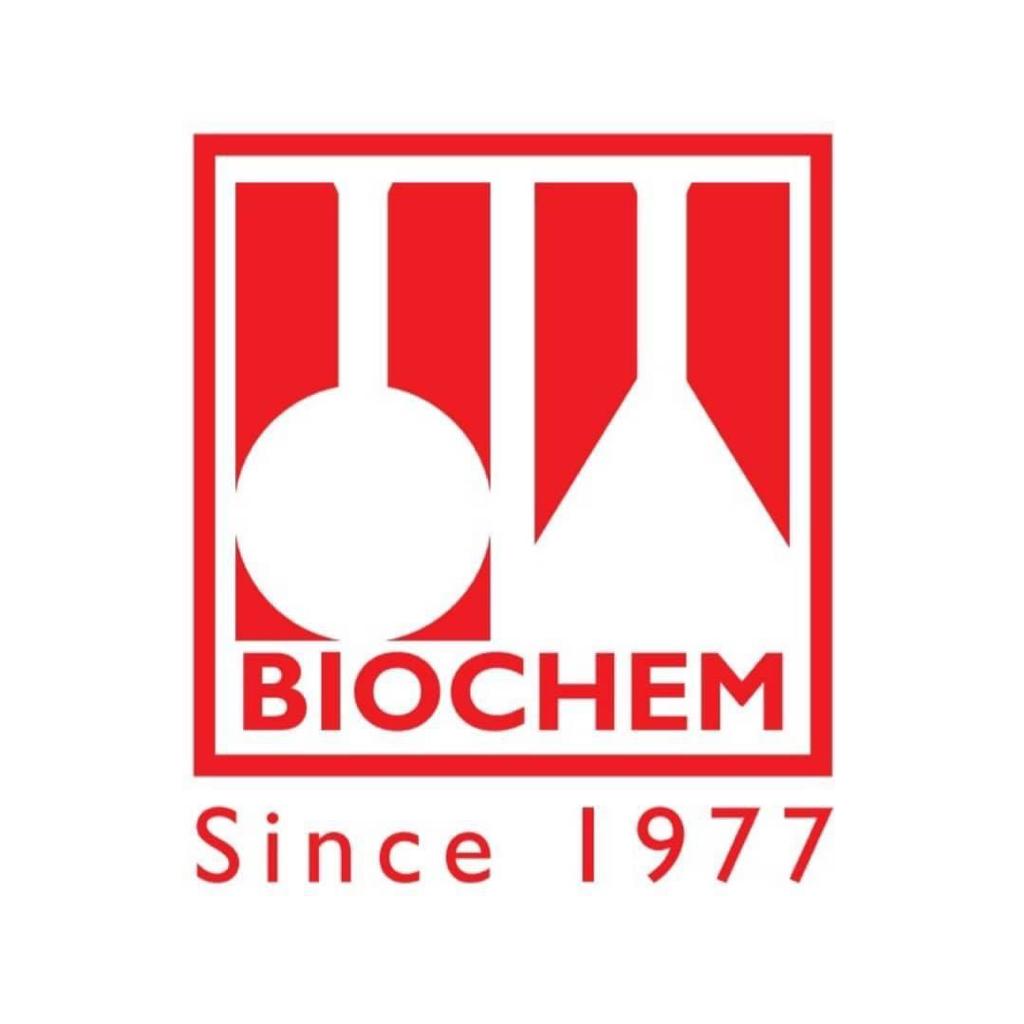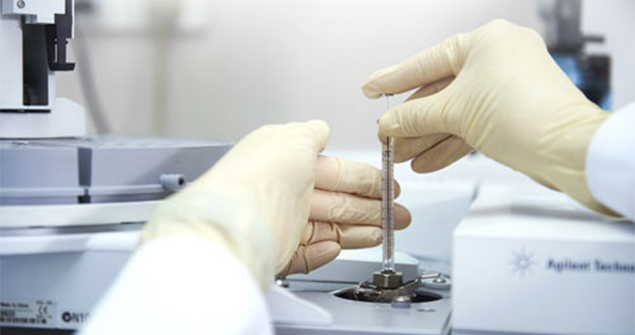

We offer a wide range of services in meeting the requirement of local occupational safety and health law and regulations. Our qualified team of Hygiene Technician and occupational health competent persons provide the best services to our clients.
1) Chemical Health Risk Assessment (CHRA)
The Chemical Health Risk Assessment (CHRA) is an assessment that has to be conducted by the employer arising from the use, handling, storage or transportation of chemicals hazardous to health in their workplace as required by the Occupational Safety and Health (Use and Standard of Exposure of Chemicals Hazardous to Health) Regulation 2000.
2) Chemical Exposure Monitoring
Under the regulation of Malaysia Occupational Safety and Health (Use and Standard of Exposure Of Chemicals Hazardous to Health) Regulations 2000, any employer or an occupier who has an industrial process within his place of work which users or handles chemicals in which potential hazardous to the health of their employee during work, is required to carry out industrial chemical exposure monitoring in complying with the above Regulations.
The monitoring of exposure shall be conducted by a hygiene technician.
3) Local Exhaust Ventilation (LEV) Inspection
Local Exhaust Ventilation (LEV) is an engineering control system used to reduce exposure to airborne contaminants in a workplace by capturing and extracting the contaminant at the source of the emission.
In compliance with USECHH Regulations 2000, where the LEV system is inspected by Hygiene Technician II certified by DOSH yearly.
4) Noise Risk Assessment (NRA)
The purpose of this noise risk assessment is to evaluate employee exposure, to identify noise sources for design of engineering controls and to identify workers exposed to hazardous noise, and who may require personal hearing protectors, audiometric testing, information, instruction and training. This is also to identify noisy areas that need to post with Hearing Protection Zone signage and may identify sources for noise control options. This is compliance with Occupational Safety and Health (noise Exposure) Regulation 2019.
5) Mobile Audiometric Testing & Medical Surveillance
The procedure in carrying out the audiometric testing were in accordance with the “Occupational Safety and Health (Noise Exposure) Under Regulation 9”. The screening audiometric testing method was used for collecting and analyzing data.
If the Occupational Health Doctor (OHD) determines any employee has an abnormal audiogram, The OHD doctor shall carry out medical surveillance on such employee.
6) Lighting Monitoring
Adequate lighting must be provided at office and work place. Where natural lighting is insufficient, artificial lighting is provided and it should be sufficient so as to avoid visual fatigue and prevent glare or reflection into workers eyes. This is compliance with The factories and Machinery (Safety, Health and Welfare) Regulation 1970.
7) Indoor Air Quality Monitoring (IAQ)
Indoor Air Quality (IAQ) problems occur in buildings that are served by a common ventilation and/or air conditioning system. Indoor Air Quality problems can be due to indoor air pollutants or to inadequate ventilation.
This code of practice will apply to all non-industrial places of work in industries listed under schedule 1 of the Occupational Safety and Health Act 1994 (Act 514).
8) HIRARC
The objective of Hazard Identification, Risk Assessment & Risk Control (HIRARC) implementation is to identify all factors that may risk workers toward an accident, consider the possibility of hazards that may occur under any circumstances and conditions and enable workers to plan, introduce and monitor preventive measures against the risks of occupational injury. This is compliance with Occupational Safety and Health Act 1994.
9) SDS Translation
Safety Data Sheets SDS are a widely used system for cataloguing information on chemicals, chemical compounds, and chemical mixtures that is not originally from Malaysia. This is compliance with The Hazard Communication Standard (HCS) (29 CFR 1910.1200(g), revised in 2012 that is required the chemical manufacturer, distributor, or importer to provide (SDSs) for each hazardous.
FAQ
What does BIOCHEM’s safety & health assessment include?
BIOCHEM’s safety and health assessment includes chemical exposure monitoring, CHRA, LEV assessments, Mobile Audiometric and more to meet the requirement of local occupational safety and health laws and regulations. Read more details here.
How often should chemical exposure monitoring be performed?
The frequency of chemical exposure monitoring depends on factors such as the type of chemicals used, the duration of exposure, and regulatory requirements. Talk to us so we can give you the best advice.
What actions should be taken if chemical exposure exceeds the limit?
With BIOCHEM’s chemical exposure monitoring service, we will provide immediate recommendations for corrective actions such as, improving ventilation, modifying work practices, or implementing personal protective equipment.
How can I request a safety & health assessment?
To request safety and health assessment at BIOCHEM, please consult us to obtain detailed instructions. We will respond to your inquiries within 24 business hours.
Get In Touch
Looking to discuss your needs or get a quote from our environmental monitoring specialists? Contact us today!





